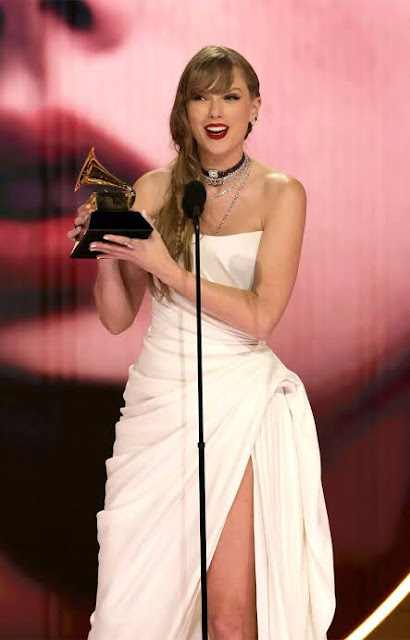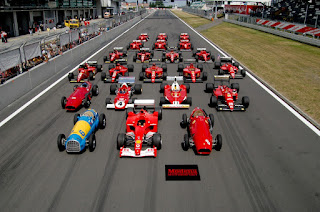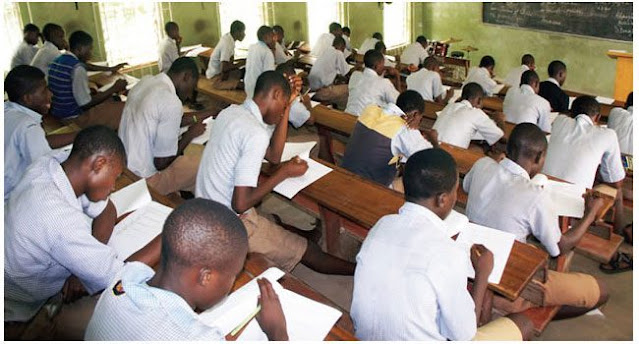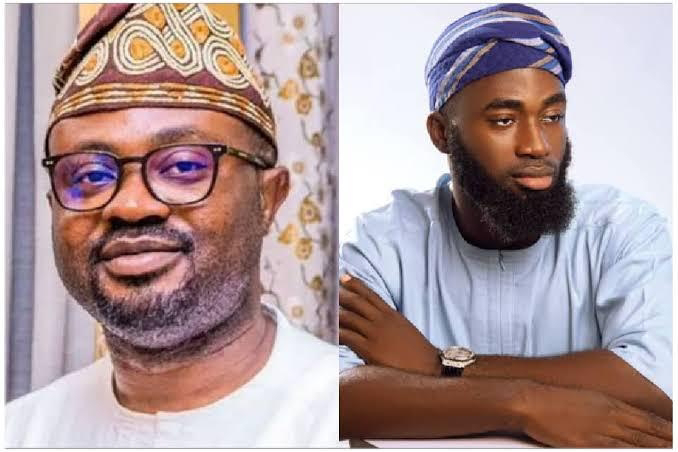The question of whether Taylor Swift will ever perform at the Super Bowl Halftime Show has become a topic of fervent speculation among fans, analysts, and pop culture enthusiasts alike. With her unparalleled global stardom, a catalog of hits spanning nearly two decades, and a cultural footprint that transcends music, Swift seems like an obvious choice for the coveted halftime stage.
Yet, despite her dominance in the entertainment industry, she has not yet joined the elite roster of performers like Katy Perry, Lady Gaga, Rihanna, and Beyoncé who have headlined the Super Bowl Halftime Show. As Swifties and observers ponder the possibility of 2026 being her year—when her boyfriend, NFL star Travis Kelce, is still a key player for the Kansas City Chiefs and the Super Bowl is set to take place at Levi’s Stadium in the San Francisco Bay Area—the question looms large: If the stars aren’t aligned for Taylor Swift to perform in 2026, will they ever be?
The Case for 2026: A Perfect Storm of Circumstance
The Super Bowl Halftime Show is one of the most prestigious platforms in entertainment, drawing millions of viewers worldwide and serving as a cultural touchstone. For Taylor Swift, whose career has been defined by meticulous planning, record-breaking achievements, and an almost supernatural ability to stay ahead of the cultural curve, the 2026 Super Bowl (Super Bowl LX) presents a unique opportunity. Several factors converge to make this year a compelling case for her debut on the halftime stage.
First, there’s the undeniable connection to Travis Kelce, the Kansas City Chiefs’ star tight end and Swift’s partner since their relationship became public in 2023. At 35 years old in 2025, Kelce remains one of the NFL’s most prominent figures, both on and off the field. The Chiefs, under the leadership of quarterback Patrick Mahomes, have established themselves as a dynasty, with multiple Super Bowl appearances and victories in recent years. Kelce’s continued presence in the NFL, combined with his high-profile relationship with Swift, has created a narrative that intertwines pop culture and sports in a way that feels tailor-made for the Super Bowl stage. If the Chiefs remain in contention for Super Bowl LX, as they are expected to, the synergy of Swift performing while Kelce competes would be a marketer’s dream—a collision of music, sports, and romance that could dominate headlines and social media.
Second, the location of Super Bowl LX—Levi’s Stadium in Santa Clara, California, in the heart of the San Francisco Bay Area—adds another layer of intrigue. Swifties, known for their obsessive attention to detail and knack for decoding Easter eggs, have latched onto Swift’s recent comments about baking sourdough bread. The San Francisco Bay Area is widely regarded as the sourdough capital of the world, thanks to its unique climate and history of artisanal bread-making. Fans have interpreted Swift’s sourdough references as a potential clue that she’s eyeing a performance at Levi’s Stadium, a venue that aligns with her knack for embedding subtle hints in her public persona. While Swift herself has admitted to planting Easter eggs months or even years in advance—playfully describing her approach as going “a little Zodiac killer” during her appearance on the New Heights podcast with Travis and Jason Kelce—the sourdough connection may be more than just a coincidence.
The Zodiac killer reference, while tongue-in-cheek, adds another layer of mystique. The infamous serial killer terrorized the San Francisco Bay Area in the late 1960s, leaving behind cryptic puzzles that captivated the public. Swift’s mention of this, coupled with her history of weaving intricate narratives into her work, has fueled speculation that she’s laying the groundwork for a 2026 performance. In an era where conspiracy theories and fan-driven sleuthing dominate pop culture, Swift’s ability to engage her audience with such enigmatic hints only amplifies the anticipation.
Why Hasn’t Taylor Swift Performed at the Super Bowl Yet?
Despite the compelling case for 2026, the question remains: Why hasn’t Taylor Swift already taken the Super Bowl stage? She is, after all, one of the most successful and influential artists of her generation, with a fanbase that spans continents and a track record of delivering visually stunning, high-energy performances. To understand this, we need to examine the factors that may have kept her from joining the ranks of halftime show legends like Madonna, Prince, and Beyoncé.
One significant factor is Swift’s complicated history with the NFL and its corporate partners. In the past, the Super Bowl Halftime Show has been sponsored by major brands, and from 2013 to 2018, Pepsi held the sponsorship rights. During this period, Swift had a high-profile endorsement deal with Coca-Cola, Pepsi’s rival, which may have created a conflict of interest. While the NFL has since partnered with Apple Music as the halftime show sponsor (starting in 2022), the earlier corporate dynamics could have limited Swift’s opportunities to perform.
Another factor is Swift’s ongoing battle for control over her music catalog. For years, she was embroiled in a public dispute with her former record label, Big Machine Records, and music executive Scooter Braun, who acquired the rights to her early albums. Swift’s refusal to perform songs she didn’t own outright may have complicated negotiations for a high-profile event like the Super Bowl, where artists typically showcase their biggest hits. Since 2019, Swift has been re-recording her early albums to regain ownership, and as of 2025, she has successfully released several “Taylor’s Version” albums. This newfound control over her catalog could make a Super Bowl performance more feasible, as she can now perform her classic hits without legal entanglements.
Scheduling conflicts have also likely played a role. Swift’s career has been defined by relentless productivity, with global tours, album releases, and other projects keeping her schedule packed. The Super Bowl Halftime Show requires months of preparation, including choreography, set design, and rehearsals, which can be challenging to coordinate with an artist of Swift’s stature. Her Eras Tour, which began in 2023 and continued into 2024, was a monumental undertaking, drawing millions of fans across multiple continents. The tour’s demanding schedule may have made it difficult for Swift to commit to a halftime performance in recent years.
Finally, there’s the question of artistic fit. The Super Bowl Halftime Show is a unique beast, requiring a performance that appeals to a broad, diverse audience while delivering high-octane energy in a condensed 12–15 minute set. While Swift’s concerts are known for their theatricality and emotional depth, her music leans heavily on storytelling and introspection, which may not always align with the bombastic, crowd-pleasing vibe of a typical halftime show. That said, Swift has proven her versatility with high-energy performances at events like the MTV Video Music Awards and her own stadium tours, suggesting she could easily adapt to the Super Bowl stage.
The Cultural Moment: Why 2026 Feels Right
The convergence of personal, professional, and cultural factors makes 2026 a particularly compelling year for Swift to take the Super Bowl stage. Beyond the Kelce connection and the San Francisco setting, Swift’s current career trajectory aligns perfectly with the demands of a halftime performance. At 35 (turning 36 in December 2025), she is at the peak of her powers, with a discography that spans genres—pop, country, folk, and rock—and a fanbase that ranges from Gen Z to millennials to older audiences who have followed her since her debut. Her ability to appeal to such a wide demographic makes her an ideal candidate for the Super Bowl, which thrives on broad, mainstream appeal.
Moreover, Swift’s relationship with Kelce has elevated her status in the sports world, making her a fixture at Chiefs games and a darling of sports media. Her presence at NFL events has not only endeared her to football fans but also created a unique intersection of pop culture and sports that the NFL is eager to capitalize on. The league has openly acknowledged the “Taylor Swift effect,” with viewership numbers spiking when she attends games, particularly among younger and female audiences. A Super Bowl performance would be a natural extension of this phenomenon, amplifying the NFL’s reach and cementing Swift’s status as a cultural juggernaut.
The timing also aligns with Swift’s career arc. After the Eras Tour, which concluded in 2024, Swift is expected to take a well-deserved break before embarking on her next creative chapter. A Super Bowl performance in February 2026 would be a high-profile way to cap off her current era and set the stage for new music or projects. Given her penchant for strategic timing—releasing albums and singles to maximize impact—a halftime show could serve as a global platform to announce her next move, whether it’s a new album, a re-recorded release, or another ambitious endeavor.
The Fan Factor: Swifties and the Easter Egg Obsession
Swift’s fans, known as Swifties, are a driving force behind the speculation about a 2026 performance. Renowned for their detective-like ability to decode clues in Swift’s lyrics, interviews, and social media posts, Swifties have been buzzing about the possibility of a Super Bowl appearance for years. The sourdough bread reference, in particular, has sparked a frenzy of theories, with fans connecting the dots between San Francisco’s culinary heritage and the location of Super Bowl LX. Swift’s playful acknowledgment of her “Zodiac killer” tendencies—referring to her habit of planting cryptic hints—has only fueled the fire.
This fan-driven speculation is more than just idle chatter; it reflects Swift’s unique relationship with her audience. Unlike most artists, Swift actively engages her fans in a game of intellectual cat-and-mouse, embedding Easter eggs that reward close attention. Whether it’s a lyric that foreshadows a future project or a seemingly innocuous comment that hints at a major event, Swift has mastered the art of keeping her audience engaged. A Super Bowl performance would be the ultimate payoff for these fans, who have spent years parsing her every move for clues.
The Competition: Why Taylor Stands Out
While Swift has yet to perform at the Super Bowl, the artists who have headlined in recent years—Katy Perry (2015), Lady Gaga (2017), Rihanna (2023), and Beyoncé (2013 and 2016, as part of a collaborative performance)—offer a blueprint for what makes a successful halftime show. These performers share a knack for delivering high-energy, visually spectacular sets that showcase their biggest hits while appealing to a broad audience. Swift, with her arsenal of chart-topping singles like “Shake It Off,” “Blank Space,” “Anti-Hero,” and “Love Story,” is more than capable of meeting these expectations.
What sets Swift apart, however, is her ability to tell a story through her performances. Her concerts are not just musical events but theatrical experiences, complete with elaborate sets, costume changes, and narrative arcs. A Super Bowl halftime show could be an opportunity for Swift to condense her storytelling prowess into a 12-minute spectacle, blending her pop anthems with the emotional depth of songs like “All Too Well” or “Cardigan.” The result would be a performance that resonates on multiple levels, appealing to both casual viewers and diehard fans.
The Bigger Picture: Legacy and Impact
A Super Bowl Halftime Show performance would be more than just a career milestone for Swift; it would be a defining moment in her legacy. As an artist who has consistently pushed boundaries—whether through her genre experimentation, her advocacy for artists’ rights, or her ability to reinvent herself—Swift has little left to prove. Yet, the Super Bowl stage remains one of the few frontiers she has yet to conquer. Headlining the show would solidify her status as a cultural icon, placing her alongside music legends like Michael Jackson, Prince, and U2, who have used the platform to cement their legacies.
Beyond personal achievement, a Swift performance could have broader cultural implications. The Super Bowl Halftime Show has increasingly become a platform for addressing social issues, celebrating diversity, and showcasing artistic innovation. Swift, with her platform as a vocal advocate for causes like gender equality and mental health, could use the stage to deliver a message that resonates with millions. Whether through her song choices, visuals, or guest performers, she has the opportunity to create a moment that transcends entertainment and sparks conversation.
Conclusion: Will the Stars Align?
As we look ahead to 2026, the case for Taylor Swift performing at the Super Bowl Halftime Show is stronger than ever. The combination of her relationship with Travis Kelce, the San Francisco Bay Area setting, and her career trajectory makes Super Bowl LX a tantalizing possibility. Yet, even if 2026 doesn’t come to fruition, Swift’s track record suggests she’ll find another way to make history. Whether it’s through a surprise performance, a new album, or another unexpected move, Swift has a knack for keeping the world guessing.
For now, Swifties will continue to dissect every sourdough reference and Zodiac killer quip, eagerly awaiting confirmation that their idol will take the Super Bowl stage. If the stars aren’t aligned for 2026, they surely will be someday—because if anyone can bend the universe to her will, it’s Taylor Swift.






